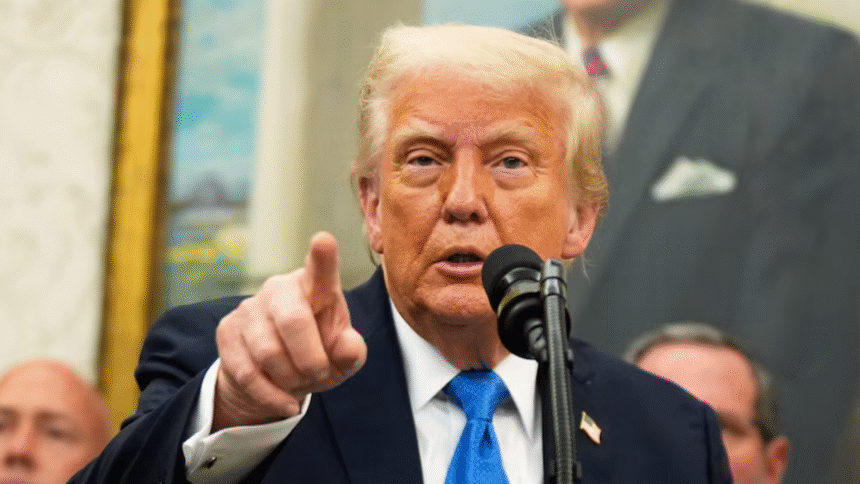President Donald Trump and the Pentagon have strongly criticized U.S. media reports, based on unidentified sources, suggesting that the recent bombing of three Iranian nuclear sites only set back Tehran’s nuclear program by a matter of months.
The reports, initially broadcast by CNN and later echoed by The New York Times, The Washington Post, and Reuters, cited an assessment from the Defense Intelligence Agency (DIA). This assessment, based on a battle damage evaluation by U.S. Central Command, contradicts President Trump’s assertion that the strikes “completely and totally obliterated” Iran’s nuclear enrichment facilities.
White House and Pentagon Defend Strike Effectiveness
White House spokeswoman Karoline Leavitt called the “alleged assessment flat-out wrong,” while President Trump himself stated the reports were an attempt to “demean one of the most successful military strikes in history.” Secretary of Defense Pete Hegseth further reinforced the administration’s stance, claiming, “Based on everything we’ve seen, and I’ve seen it all, our bombing campaign obliterated Iran’s ability to create nuclear weapons.” He added that the impact of the bombs “is buried under a mountain of rubble,” implying that claims of minor damage are an attempt to undermine the mission’s success.
IAEA Chief Reports “Very Significant” Damage, Raises Uranium Concerns
Despite the administration’s definitive claims, some analysts have expressed doubt about the full destruction of the sites. The DIA assessment, though ongoing, reportedly indicated that the strikes set back Iran by “maybe a few months, tops,” and that key components, including enriched uranium stockpiles and most centrifuges, remain largely intact.
Rafael Grossi, head of the U.N. nuclear watchdog (IAEA), on June 23, stated that the airstrikes likely caused “very significant” damage to Fordow, a major uranium enrichment facility, noting visible craters. However, he emphasized that “no one, including the IAEA, is in a position to have fully assessed the underground damage at Fordow” due to its depth and the lack of access for inspections amidst the conflict.
Grossi also highlighted that the IAEA does not know the whereabouts of more than 400 kilograms of highly enriched uranium, which Iran may have moved for “protective measures.” He stressed the urgency of resuming inspection activity to ascertain its location. When asked about Vice President JD Vance’s comment that neutralizing Iran’s ability to enrich uranium to weapons-grade levels constitutes “mission success,” Grossi agreed that from a U.S. military perspective, this could be considered correct. However, he reiterated his agency’s role is to verify the accountability of all nuclear material.
Danny Danon, Israel’s UN ambassador, echoed that it’s still early to fully assess the strikes but affirmed that “we know we were able to push back the [nuclear] program” and “remove the imminent threat.”







